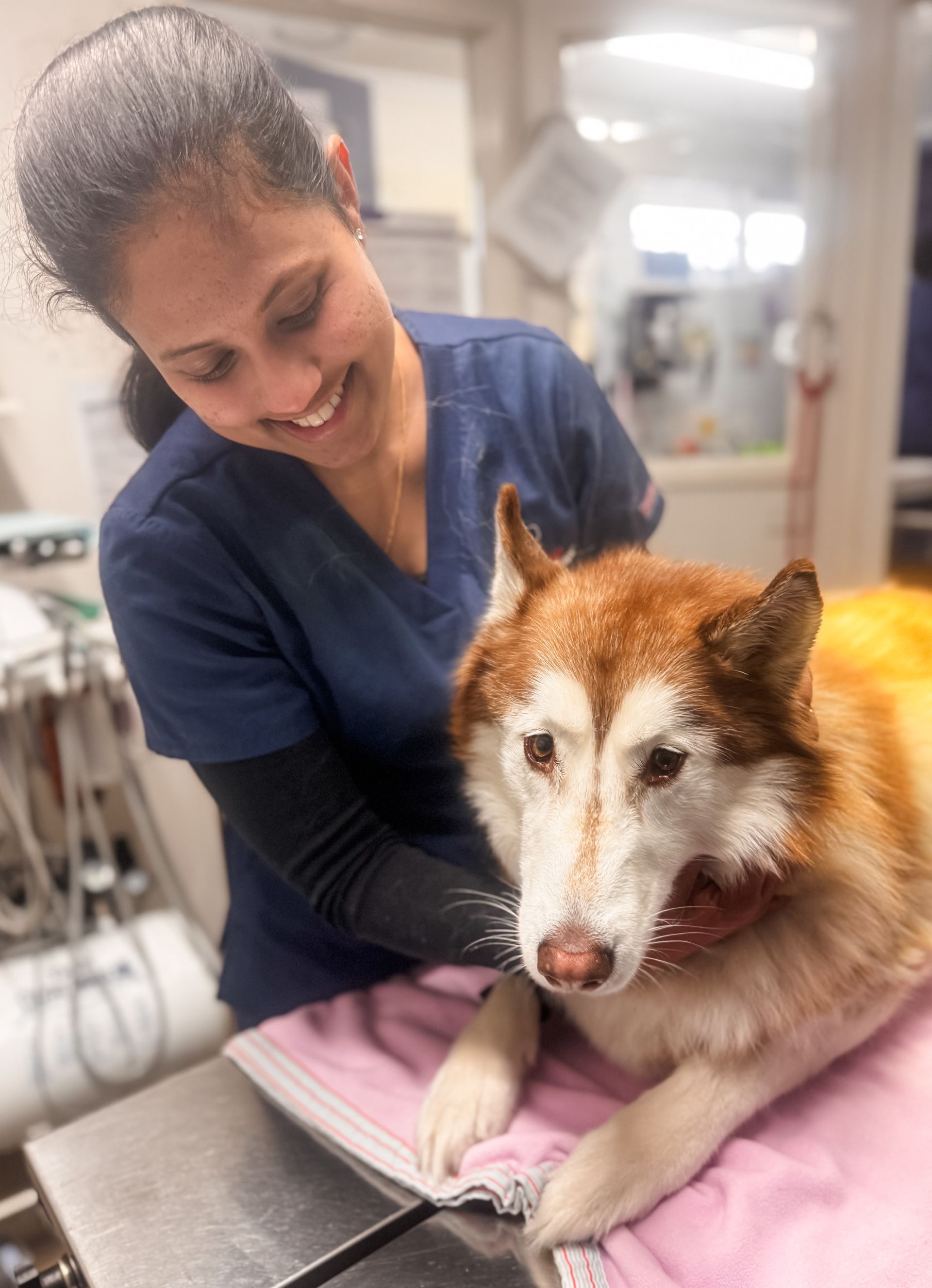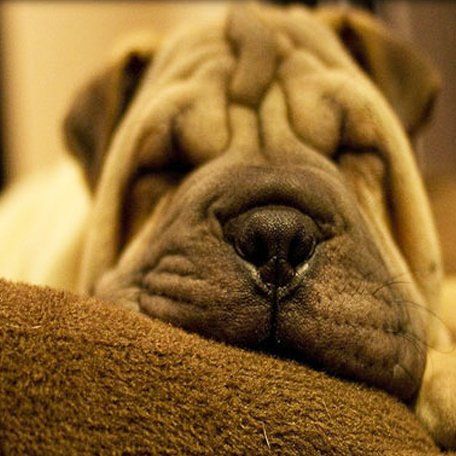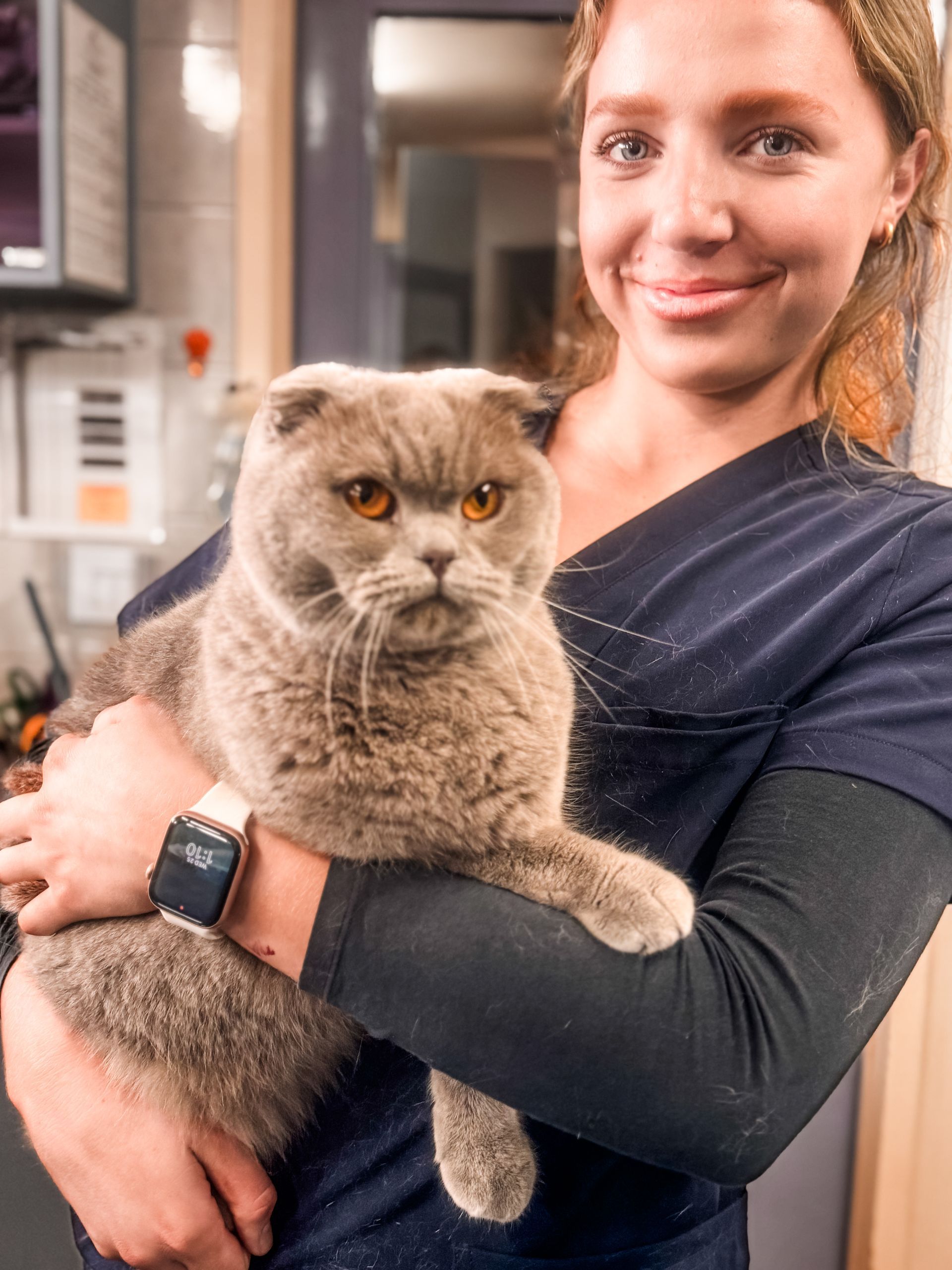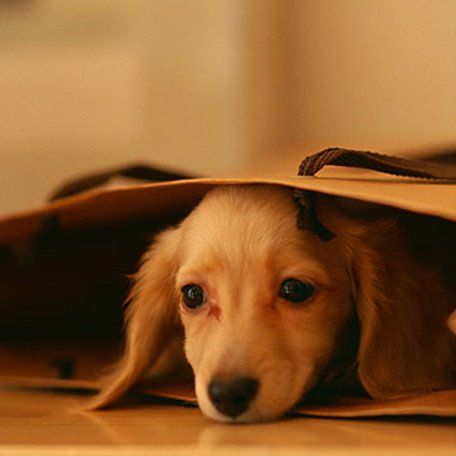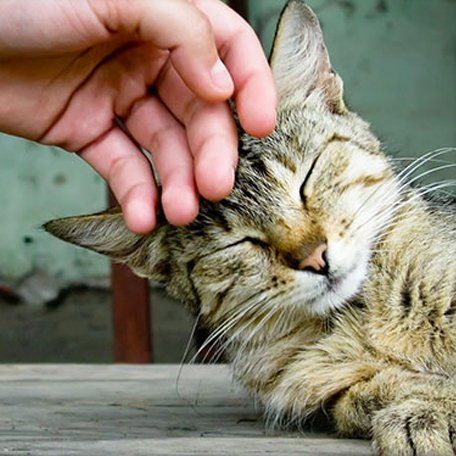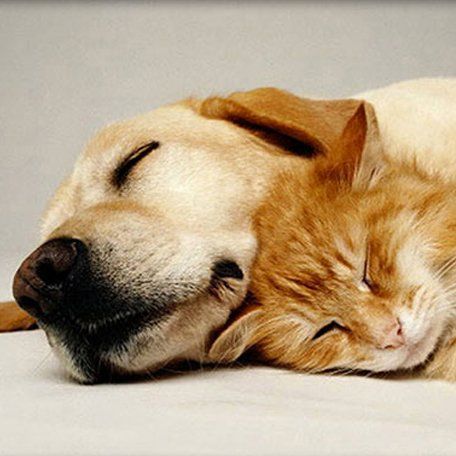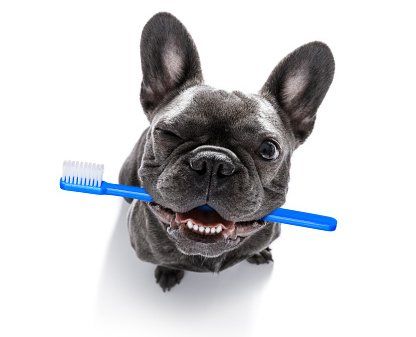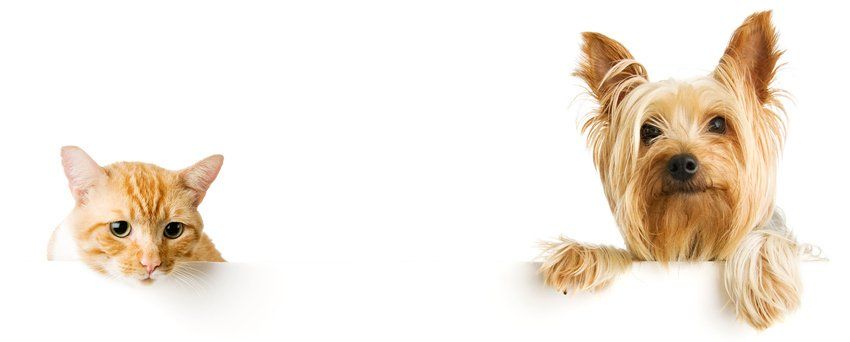Creating a fun indoor living space for your cat!
Does your cat live indoors?
Does your cat decide play time is at 3 or 4 am in the morning? Does your cat attack your ankles and hang off your hands when they play?
Has your furniture been shred to pieces?
If you answer yes to these questions, you need to read this article.
Cats are born to move. They have sharp senses, eye sight and flexible body that enable them to move with incredible speed, stealth and accuracy. Free roaming cats have a range of habitat that allows them to use their skills and ‘weapons’ to hunt, scavenge for food and interact with other cats. On the contrary, household cats, especially strictly indoor cats (which we strongly recommend) can be deprived of these environmental stimuli and boredom may set in. Boredom in cats can potentially lead to the above undesirable behaviours. Therefore we need to make the indoors as interesting as the outdoors. This is called, environmental enrichment.
We strongly recommend for cats to be kept indoors, because indoor cats are less likely to contract various diseases (FIV, cat flu) and less likely to be injured.
Environmental enrichment tips:
Feeding
You can provide feed related enrichment for your cat. Instead of feeding them 1 or 2 large meals per day in a food bowl, why not make it interesting by placing food in different locations and on a higher platform where your cat has to jump over or jump on to get to his or her food? That not only simulates scavenge/hunting behaviour but also keeps your cat active while looking for food; an added plus for those portly cats out there.
There are various interactive puzzle feeding bowls available. For example, Aikiou has produced food bowls with openings at different levels so that the cat has to reach in to get access to its food.
There are also special feeding plastic balls with holes in them that drop dry food out as the cat rolls them.
Play time and toys
There are multiple toys that can simulate hunting behaviour in cats. One of the toys that my cat absolutely loves is a dangling toy on a pole. To trigger their prey-drive, try moving the toy across their vision or away from the field of vision to simulate a prey running away from them. Dangling the toy in front of them usually doesn’t entice cats as prey doesn’t run to the cat and offer themselves as lunch.
Toys with catnip or with rattles are also good fun toys for cats. Start by catching their attention by darting the toy across their vision and hiding them in tissue boxes or half way out the opening of their cubby house to entice their curiosity.
A ping pong ball across wooden or tile floors or hidden in a box can also provide a lot of fun!
Scratching posts
Scratching is a very important part of a cat’s life; it helps stretch out their muscles and displaces anxiety. Cats like variety and sometimes vertical scratching posts alone are not enough. Providing your cat with various scratching surfaces on different angles may prevent your cat from destroying your well-loved furniture.
My personal favourite would be cat furniture that is made of cupboard. It not only functions as an excellent scratching surface but also looks good in the living room!
Hideaways/ tunnels
Cats love to have hideaways. Hideaways can be a safe escape for a timid cat but also a fun hide and seek game as well. An igloo shaped hut, A-shaped tent or an empty box is an excellent hideaway. Crumply doughnut shaped tunnels are heaps of fun, especially in a multi-cat household.
Visual stimulus
Cats love to watch the world pass by. Setting up a hammock near the window may occupy your cat for hours.
There are cat entertainment DVDs that could bring out your cats’ inner hunter.
There are also apps for ipads or tablets that could simulate prey action that could provide hours of fun!
Safe outdoor enclosures
Many companies make safe outdoor enclosures, ranging from an outdoor portable tent to a complete enclosed backyard. Some of the enclosures can be fairly costly but it is definitely worthwhile especially if your cat is stubborn and demands to be outdoors all the time.
Bringing things from outside such as grass, small twigs, logs or dried leaves indoors could help your cat experience the scent of the outdoors. Logs can also be provided as a scratching tool as well.
Training
Yes, you can train your cat. You can train them to sit or even fetch and retrieve light objects. Cats are not as keen to work for praise and attention as dogs are but training your cat does have a few benefits. It not only stimulates their mind and body but also strengthens the bond you share.
Here are some tips to teach your cat to sit:
First, you need to get your cats attention by knowing her/his favourite treat. It can be a piece of diced chicken, toast with vegemite, bits of meat or commercial treats. We sell dried beef lung and liver at Pound Road Veterinary Clinic and I have found most cats are very fond of the dried beef treats.
Once you have your cat’s attention, hold the treat in front of its nose. When your cat is sniffing the treat, slowly move the treat back towards its ears. Most cats will sit down when their chin is raised upwards and back. Try not to lift the treat upwards as your cat may just stand up on its hindlegs.
The moment your cat’s bottom hits the floor, say the command ‘sit’, then praise it and offer it the treat. If your cat does not sit in the first try, but its bottom is moving downwards, give it the treat anyway.
Most cats can’t see objects that are still and close up in between their nose. If your cat is struggling to take the treat from your finger you may have to offer it on your palm or toss it on the floor.
With patience, repetition and positive encouragement your cat will be sitting on command in no time.
Dr Yuen Jia Lim BVSc
